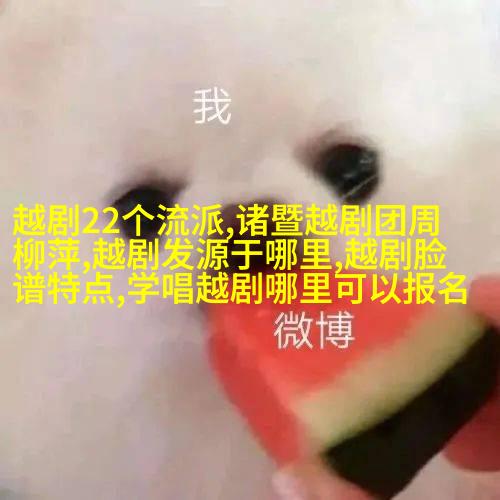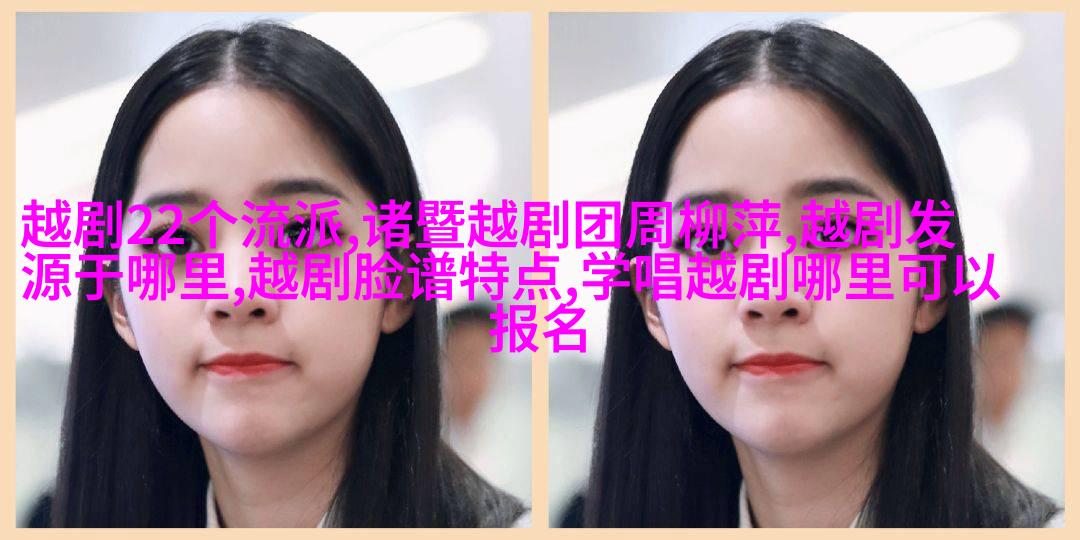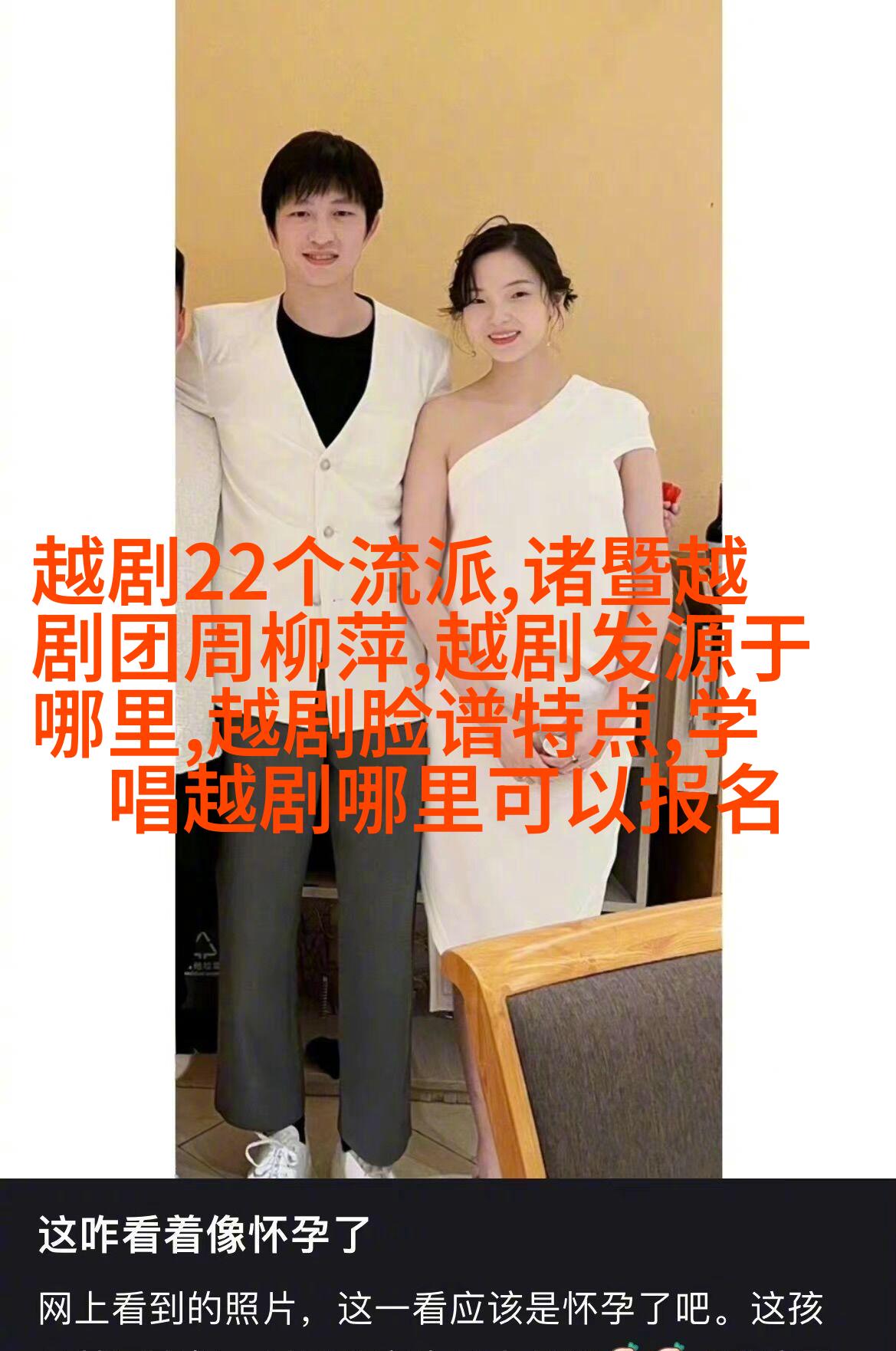What is Yue Opera?

Yue Opera, also known as Shaoxing Opera or Shaoxing Music Drama, is a traditional Chinese theater art form that originated in the Zhejiang Province. It has a long history dating back to the Song Dynasty (960-1279 AD) and has evolved over time to become one of the most popular forms of Chinese opera. In this article, we will explore the origins, characteristics, and evolution of Yue Opera.
How did Yue Opera originate?

The origins of Yue Opera can be traced back to the Southern Song Dynasty when it was known as "Shaoxing Music." During this time, music and drama were closely linked in Shaoxing's cultural life. The early forms of Yue Opera were primarily based on folk songs and stories from local legends. Over time, these performances became more sophisticated and began to incorporate elements from other regional operas.
What are the key features of Yue Opera?

Yue Opera is characterized by its unique singing style called "Erhuang," which emphasizes naturalness and simplicity. The Erhuang style focuses on expressing emotions through subtle changes in pitch rather than loud vocals or acrobatic movements like some other forms of Chinese opera. Another distinctive feature is its use of percussion instruments such as gongs and drums to provide rhythm for singers.
In addition to these musical elements, costumes play an important role in performing arts like Yue Opera. Actors wear elaborate costumes with intricate designs reflecting their characters' social status or roles within a story. Traditional makeup techniques are also used extensively for both men and women actors who portray various characters including royalty, merchants or even supernatural beings.

Who are famous performers in Yue Opera?
Throughout its history many talented artists have contributed significantly to promoting Yu'e Jiu (Cantonese term for Cantonese opera). Some notable figures include Ma Lianliang who was often regarded as 'the father'of modern Cantonese opera due his efforts at revitalizing this ancient art form; Zhou Xinfang who was renowned for his acting skills across multiple genres including Peking opera; Tang Aiping whose contribution lies not only in her acting but also her work towards preserving traditional theatrical styles through teaching young generations.

These individuals among others played pivotal roles shaping contemporary performances while simultaneously keeping alive their rich cultural heritage rooted deep within China's history books
How does technology influence modern-day performance practices?
While maintaining tradition remains crucial today technological advancements have indeed impacted how we experience live performances like those found within Yüe Jü theatre productions . One major development has been digital projections where actors can now seamlessly integrate video clips into their storytelling enhancing visual aspects without requiring extensive set design changes during production runs
Another significant innovation involves communication tools allowing directors remote access during rehearsals so they may guide actors more effectively with real-time feedback - thus improving overall performance quality
Technology continues evolving rapidly offering new opportunities artists can leverage further enriching audiences experiences
As we continue exploring what makes Yüe Jü such an enduring artistic expression , it becomes clear that its ability adapt & evolve alongside society ensures survival & growth even amidst ever-changing times


